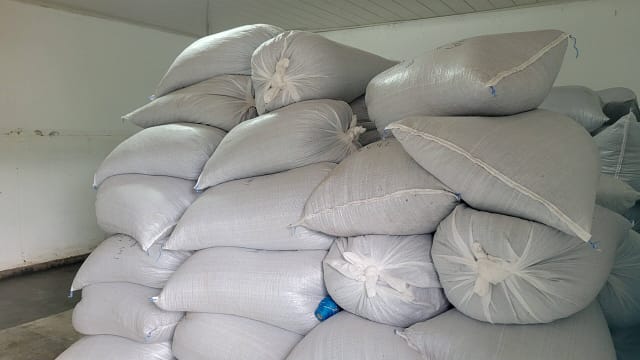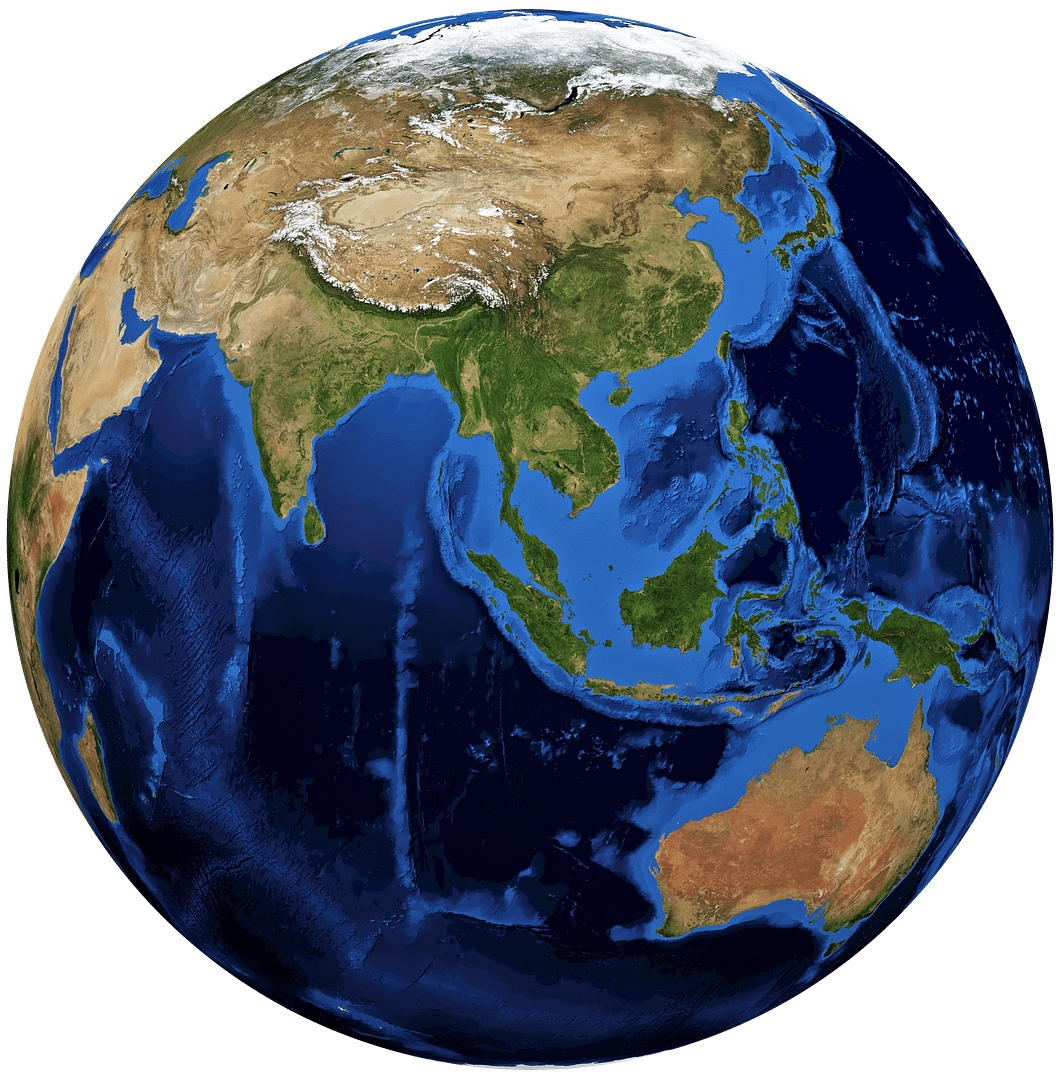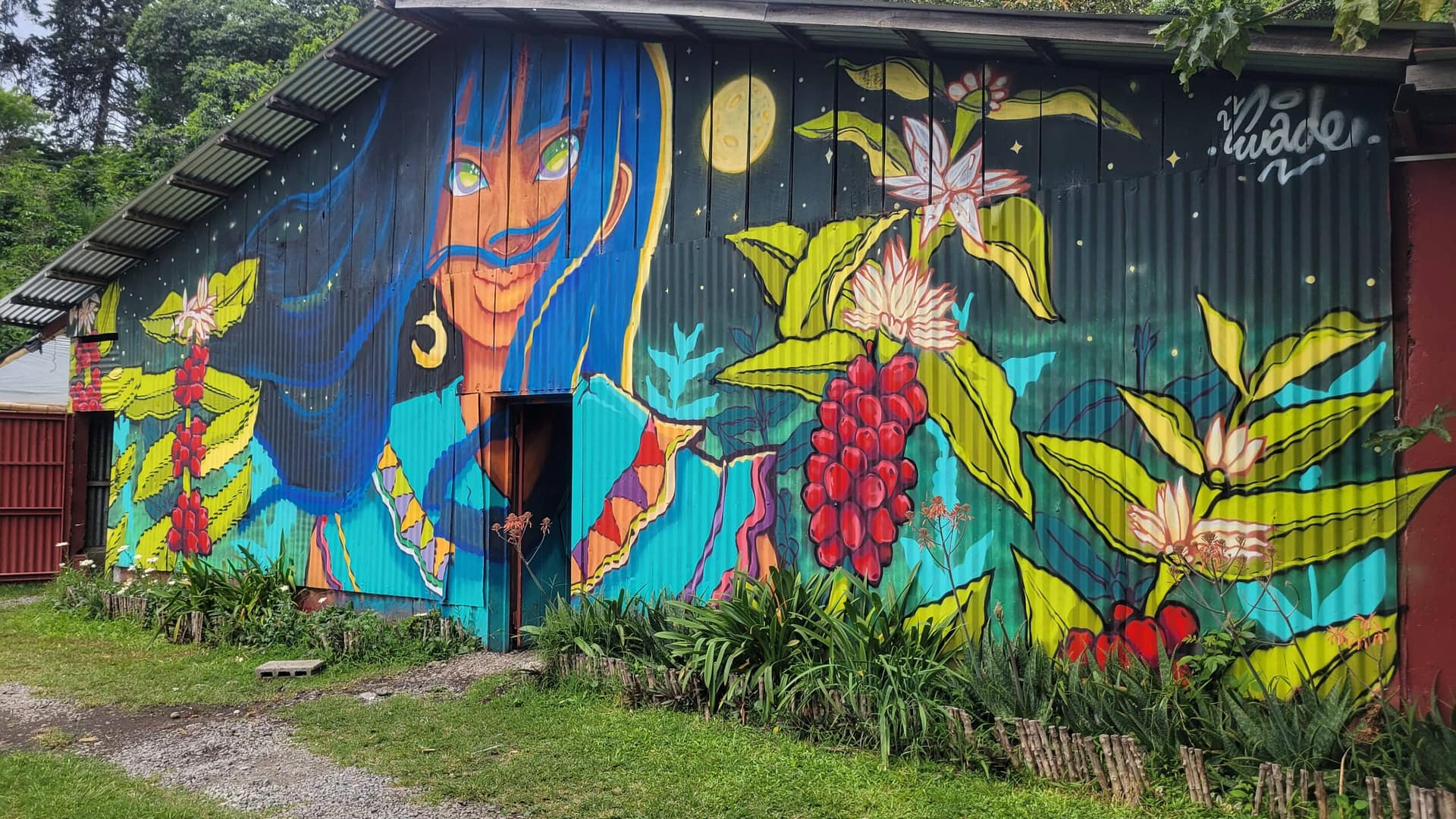Our second coffee plantation visit in Boquete was to the Finca Dos Jefes, home to the roasted coffee brand of Cafés de la Luna. Amy was our passionate host for the two hour visit to this farm. A visit that included learning a ton more about what makes great coffee, the coffee industry, the coffee price crash, and so much more. Amy came to the plantation from Panama City a number of years ago and appears to have fallen in love with it. As she tells it, she needed a job, knew nothing of coffee, and the plantation needed someone with license and spoke both English and Spanish. It seems to have been a perfect match.
Background on Coffee
Amy starts her tour as one might expect – a discussion on supermarket coffee vs single estate, single varietal, and even micro-lots. She highlighted that United States customers are accustomed to dark roast and, generally speaking, won’t buy light and often even medium roast. This is likely a result of large brands, both for grocery stores and for chains like Starbucks and Dunkin Donuts.
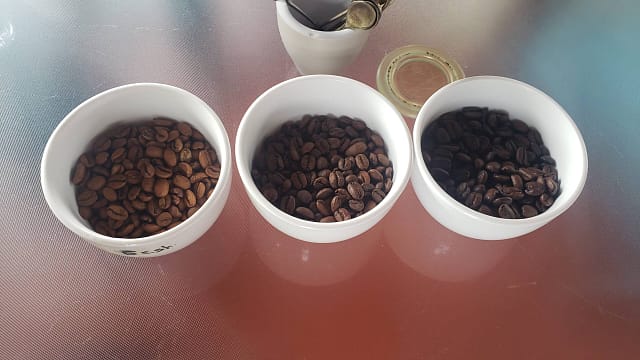
The high volume of coffee required by nationwide and global brands means one plantation can’t provide enough. Buying and roasting from many small farms results in wild fluctuations of flavor unless you roast at high temperature – dark roast. This “burns off” the variation providing a consistent, yet burnt, flavor. Hearing this wasn’t at all unexpected – it reinforces what we see in tea as well. The business model of large brands cannot support the nuance, body, and variation in small farm production.
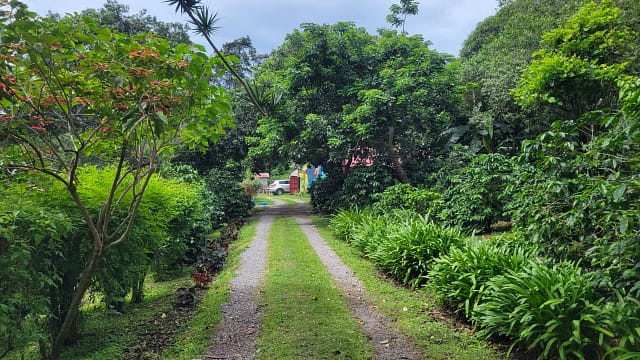
Biodiversity and Shade Produce Great Coffee
We were amazed by the large mix of trees and other plants growing throughout Finca Dos Jefes. Among other things we saw banana, mango, and avocado growing throughout the plantation. In fact, one of the five dogs kept eating fresh avocado that fell from the trees throughout our tour – meet the dogs on their Instagram feed.
As with tea, it turns out the shade, biodiversity, and organic management increases the quality of the coffee and minimizes the need for added fertilization and pest control. The fallen fruit, leaves, and trimmings from grasses all serve to enrich the soil and birds attracted to the property keep insect populations in check.
Always looking to improve, Finca Dos Jefes also manages the plantation on a lunar cycle, believing it improves soil quality and tree health.
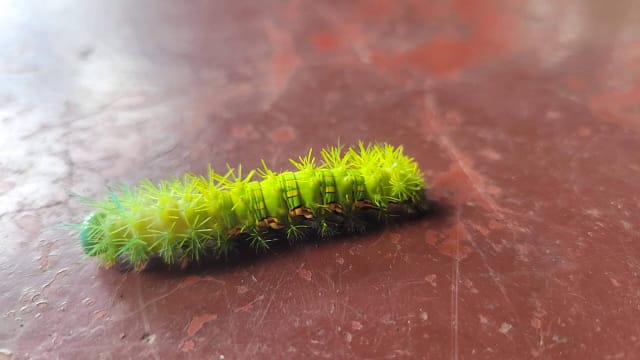
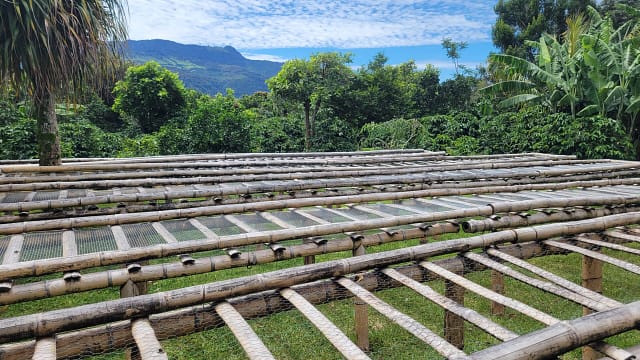
The Natural Process of Coffee Processing
Two (of many) challenges faced by plantations are more or faster revenue production and minimizing their environmental footprint. As it turns out the natural processing method for coffee production is one mechanism that increases revenue and decreases environmental impact — if a coffee plantation can afford delayed revenue (vs immediately selling raw cherries).
Coffee cherries are floated to separate those that have been attacked by pests. Good cherries are then sun-dried before skins are removed. This does two things. First, it eliminates the water processing step and second, it preserves the dried skin.
By eliminating water processing, a huge amount of water is saved and the “slime” surrounding the bean isn’t washed into rivers which would pollute them and kill the fish.
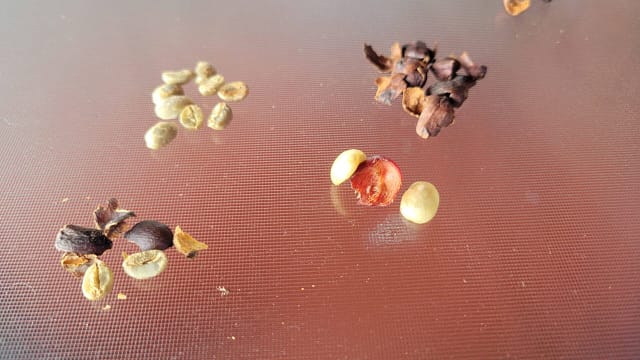
Even better, the dried skins from the natural process are sought after as tea. This product, called cascara or cascara tea, is highly caffeinated — like tea or coffee — is brewed like tea, and is sold for more per pound than the coffee itself.
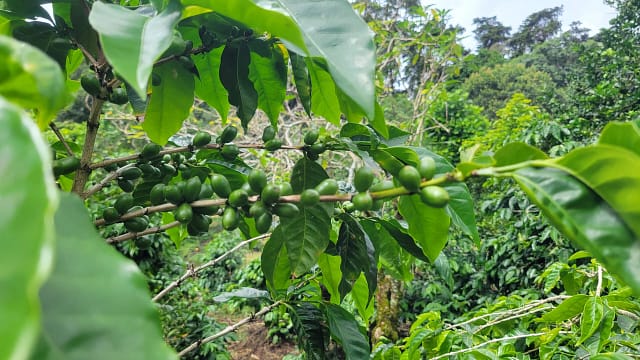
Geisha, Geisha, Geisha
In advance of our trip, Hillary talked with some of our independent coffee roasters. They were adamant that we needed to try Geisha Coffee. As it turns out, Boquete has made quite a name for itself, with Geisha from the region selling as high as $6,000 per pound! This notoriety means most visitors are asking for Geisha and willing to pay a lot for it.
However, the demand for Geisha, actually Gesha from Ethiopia, has caused its own problems for growers. The varietal has significantly higher labor costs. This is from lower yield, less uniform cherry growth, and preference for high elevation and steep mountainsides. And, the high auction prices seen by a very small number of estates means most others are selling lower quality Gesha for exorbitant prices as well. Finca Dos Jefes has gone a different direction with their affordable, yet still delicious, Egalitarian Gesha. Learn more about the trouble with Gesha in our overall post on visiting Boquete to learn about great coffee.
Social Justice Theme
Finally, it should be noted that the Finca Dos Jefes tour is full of subtle commentary on social justice themes. This estate places a very large focus on teaching guests about the industry and its impacts on Panama. There is no strong government or agriculture department support for best practices in coffee. The result is wide variation of practices.
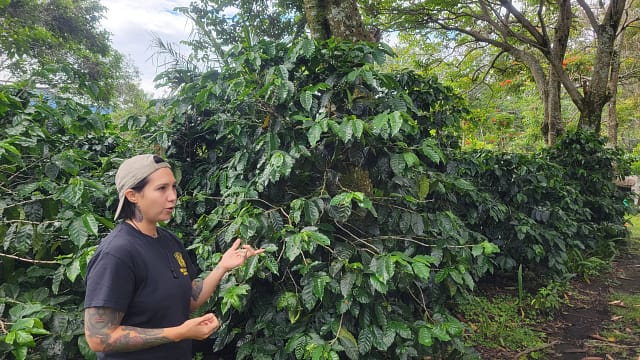
In Panama, or at least in Boquete, most of the picking is done by the Ngäbe-Buglé Comarca. These are indigenous people who live in special regions of the country. Their pay is heavily influenced by the profitability of a plantation. Likewise, as pickers often live on an estate, the quality of housing for pickers and the families that live with them, also vary greatly – from wide open rooms and limited amenities for many families to individual houses for families.
Profitability for coffee estates is essential, not just for the owners to make a profit. Instead, it facilitates upgraded pay and housing for workers, not to mention stability during periods of low coffee prices and flexibility to try new things.
Finca Dos Jefes has found a way to make this work with with value-add products. Specifically, they charge for their amazing, educational, tours and use this to help increase profitability. They also have been able to move up the coffee value chain by selling roasted coffee, not simply raw beans. And, because they use the natural processing method they are able to produce and sell cascara, something that would have otherwise been a waste product with water processing.
The value-add products from Finca Dos Jefes has helped them make a difference. Their direct impact on workers and the environment is far lower than most. However, they have also been able to support infrastructure development and food programs for secondary schooling in the Comarca. This program allows nearly 40 students to avoid 6 hours of daily walking to get to/from school – instead staying in a dormitory during the week.
Buying Great Coffee From Finca Dos Jefes
Unlike other coffee estates in Boquete, you likely will be able to buy their roasted coffee if you are in the United States. They have direct shipped in the past but are working on setting up a new relationship with a shipper in the United States. When complete, this should allow you to get fresh roasted coffee of the Cafés de la Luna brand. If you are an independent roaster then contact Finca Dos Jefes directly — just be sure you plan to do a light roast Gesha. 🙂
